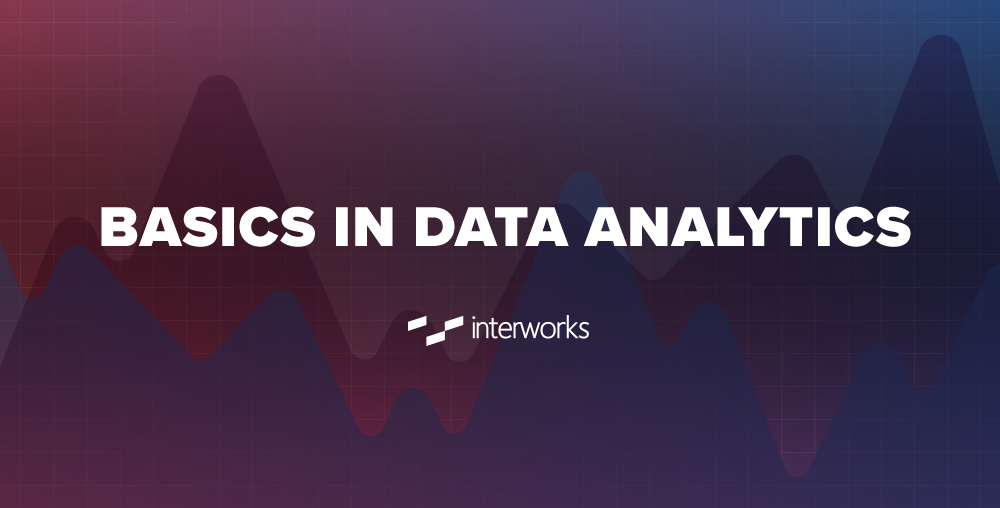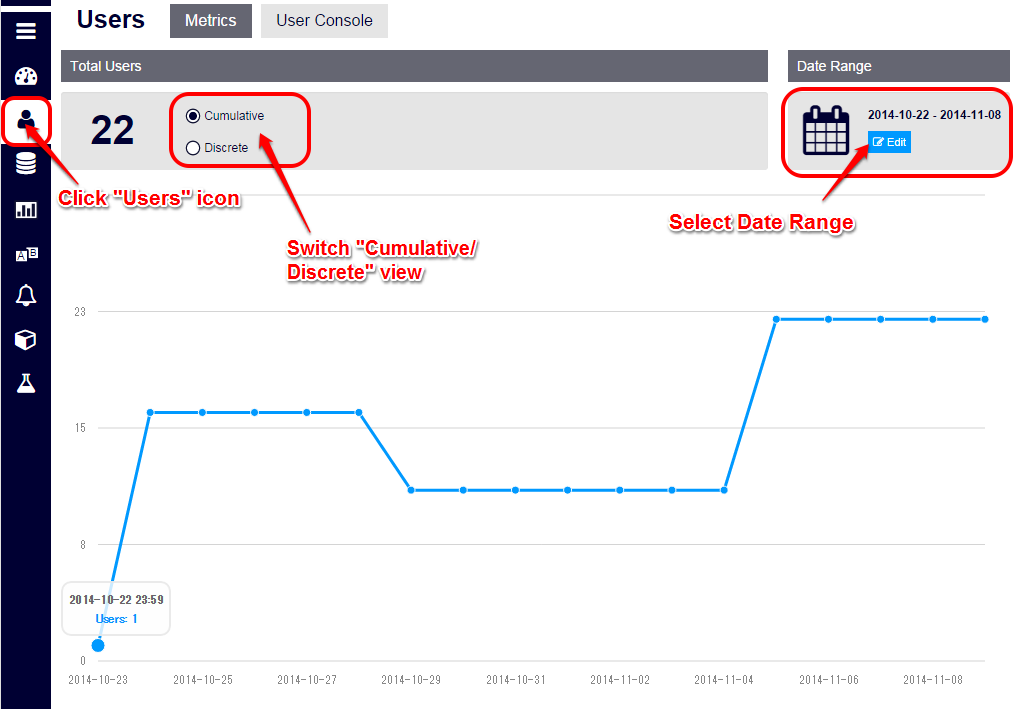

Requirements Data Analytics with R CertificateĭATA-R 155 Introduction to R Programming OR CS 133 Foundations of Data ScienceĬhoose 1 Introductory Statistics course (e.g., BUSSTAT 207, CJ 426, MATH 153, MATH 254, POLS 298, PSYCH 295, SOC 310)
#Basic data analytics methods using r how to#
How to get startedĮnroll in the 1-credit DATA-R 155, offered fall, spring, and summer to learn the basics of R Programming designed for students without a coding background.

It is aimed at students in geo-information application elds who have some experience with basic statistics, but not necessarily with statistical computing. The first section gives an overview of how to use R to acquire, parse, and filter the data as well as how to obtain some basic descriptive statistics on a dataset. How you can use R to easily create a graph with numbers from 1 to 10 on both the x and y axis: plot (1:10) Result: Try it Yourself ». The R programming language is purpose-built for data analysis. This book will help you to deploy a structured lifecycle approach to data analytics problems. This tutorial presents a data analysis sequence which may be applied to en-vironmental datasets, using a small but typical data set of multivariate point observations. It involves making predictions, generalizations, and hypotheses about a larger group using a smaller subset of data.

This chapter introduces the basic functionality of the R programming language and environment. Inferential statistics takes data analysis to the next level by drawing conclusions about populations based on a sample. Because of its popularity and versatility, the open-source programming language R is used to illustrate many of the presented analytical tasks and models in this book.
#Basic data analytics methods using r free#
Several free or commercial tools are available for exploring, conditioning, modeling, and presenting data. Statistics Graphic methods Data processing.

Data Analysis and Graphics Using R, by John Maindonald and John Braun 11. These activities include the study of the data in terms of basic statistical measures and creation of graphs and plots to visualize and identify relationships and patterns. Assuming basic statistical knowledge and some experience with data analysis (but not R), the book is ideal for research scientists, nal-year undergraduate. It also requires a toolbox for mining and presenting the data. In general, the success of a data analysis project requires a deep understanding of the data. The first three phases involve various aspects of data exploration. Statisticians Ross Ihaka and Robert Gentleman created the programming language R in 1993 (see R Core Team, 2021), and growing numbers of researchers across disciplines have used it ever since for data processing and statistical analysis. The previous chapter presented the six phases of the Data Analytics Lifecycle. Review of Basic Data Analytic Methods Using R


 0 kommentar(er)
0 kommentar(er)
